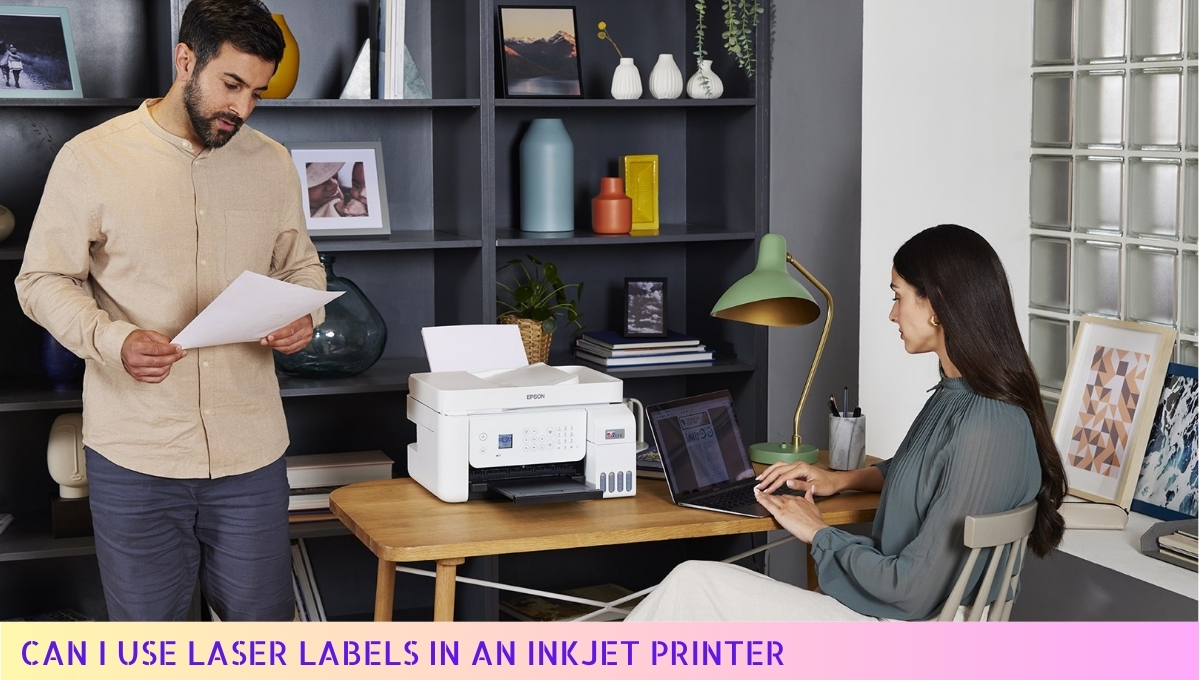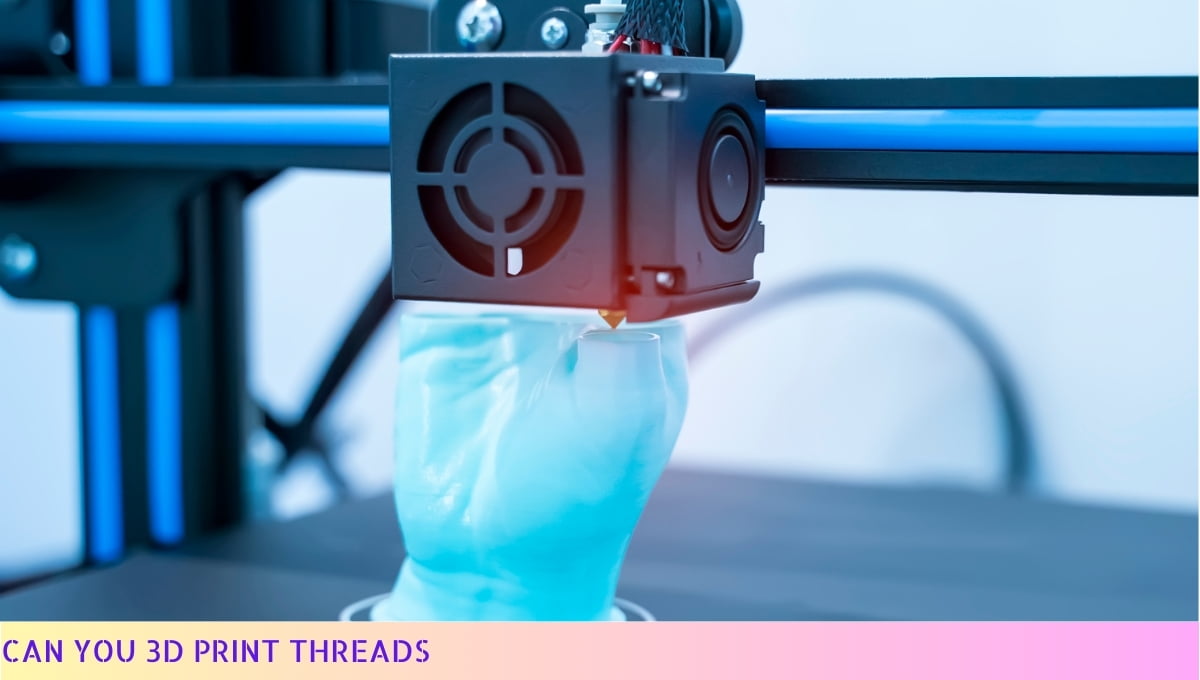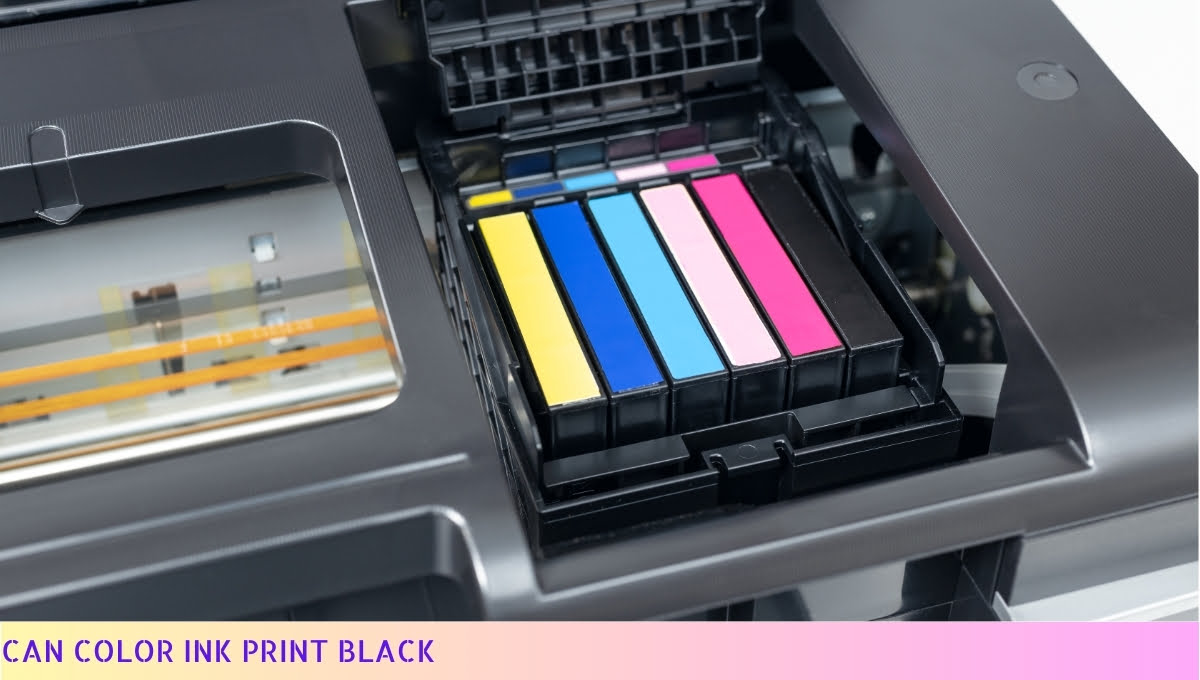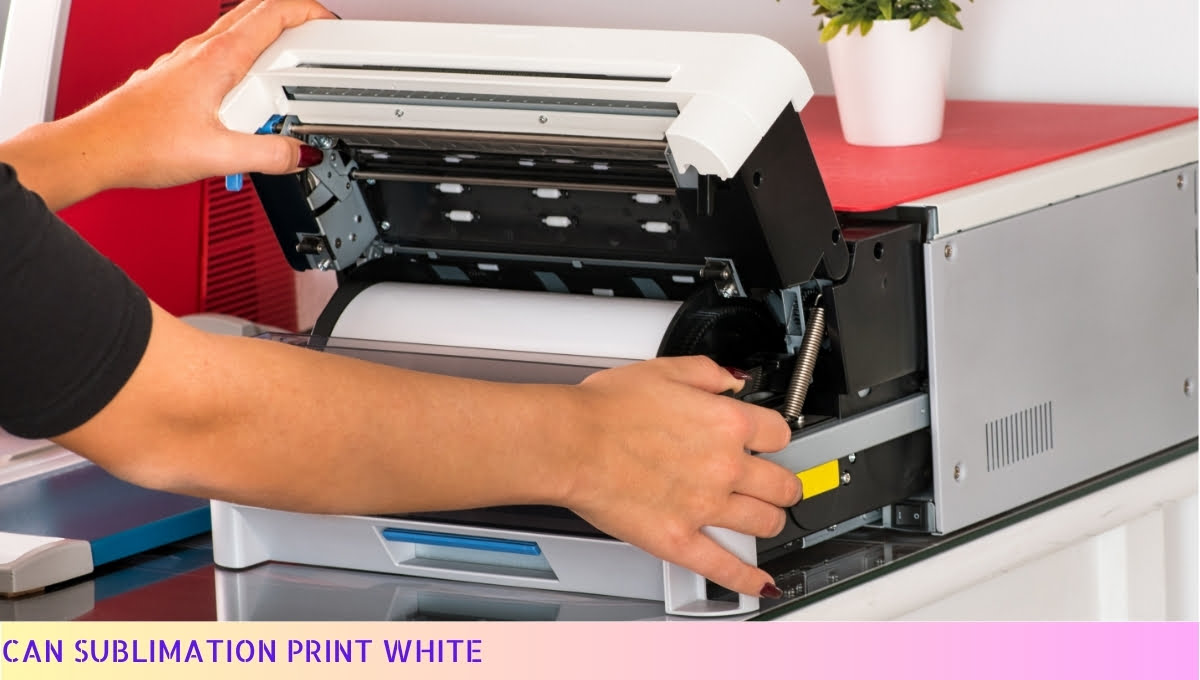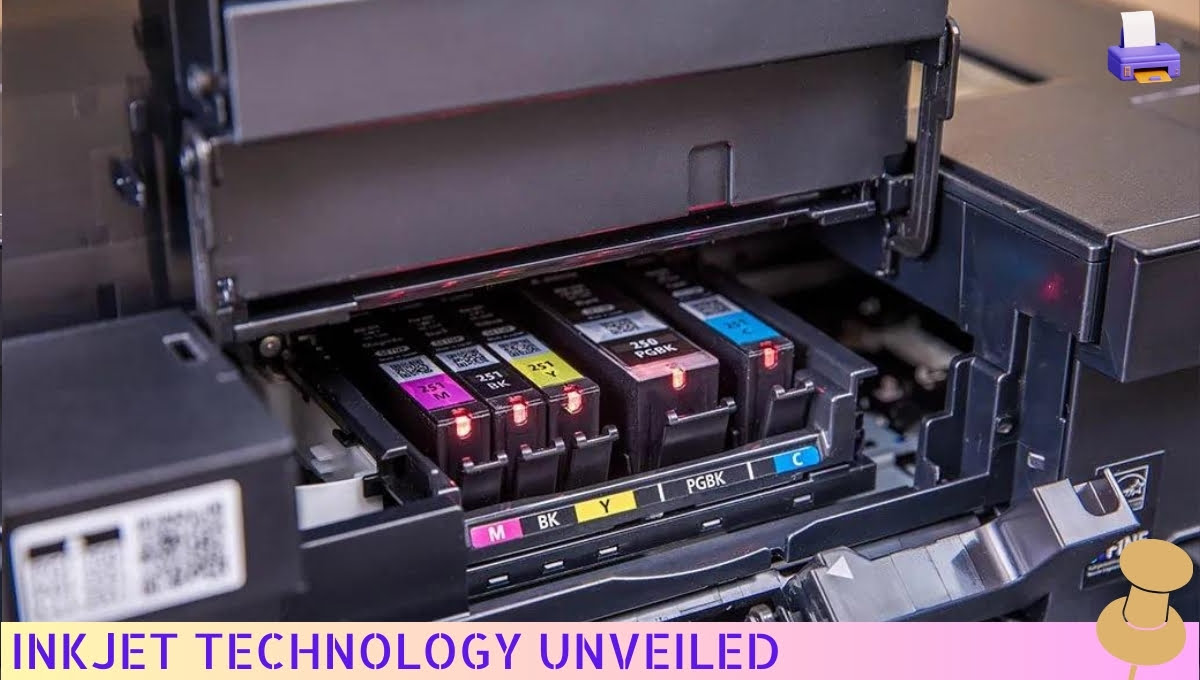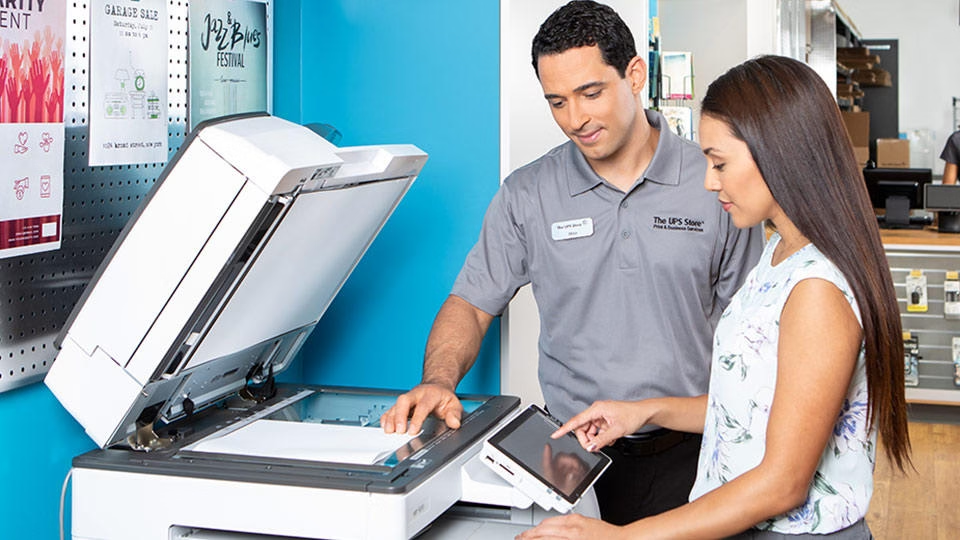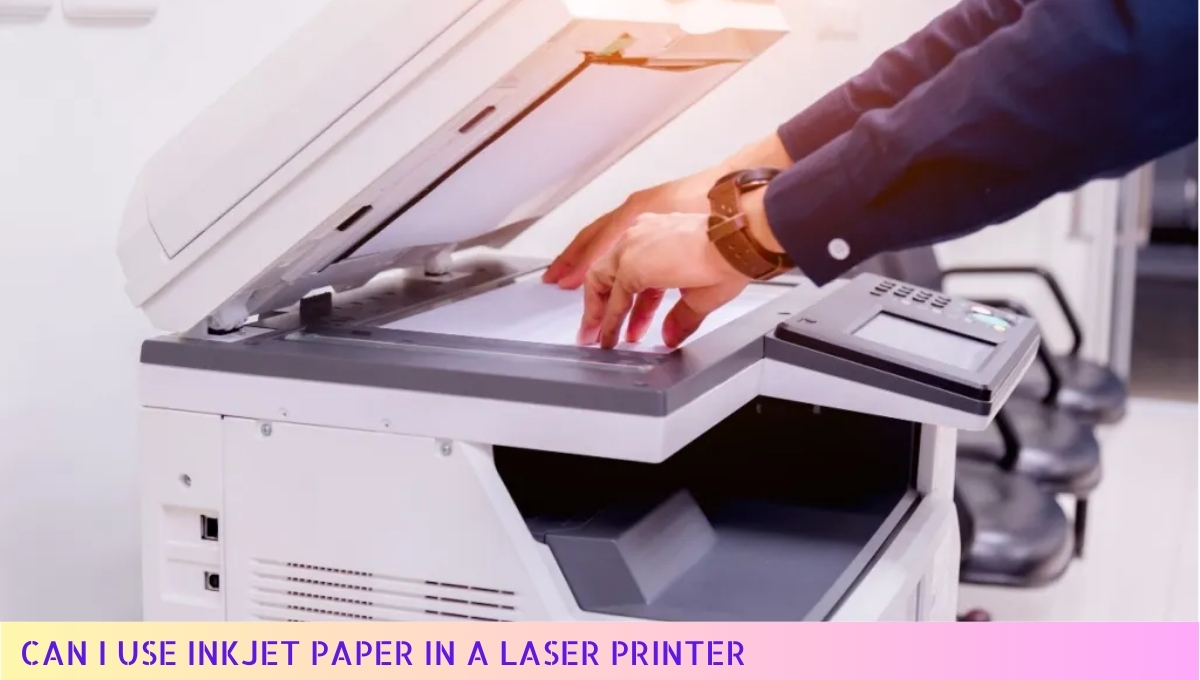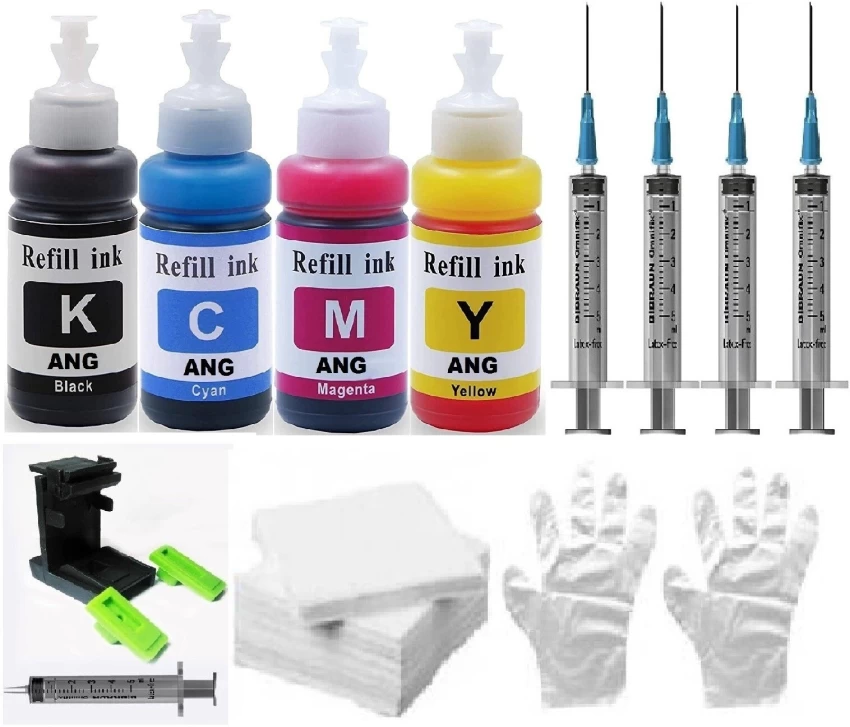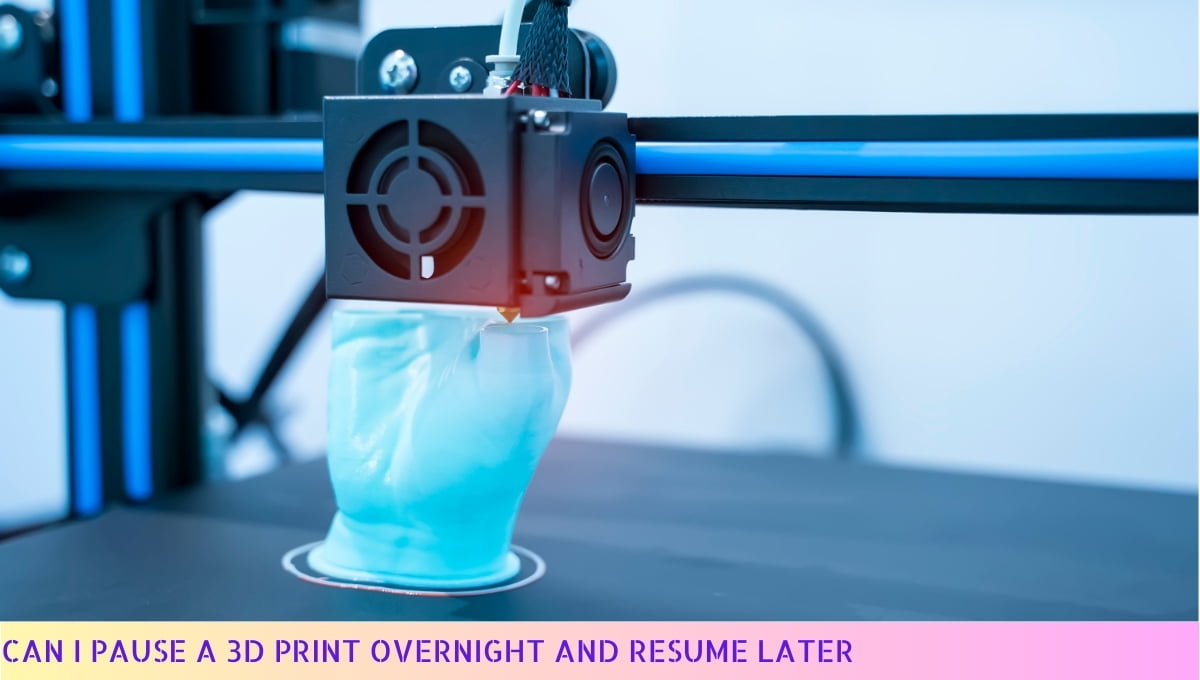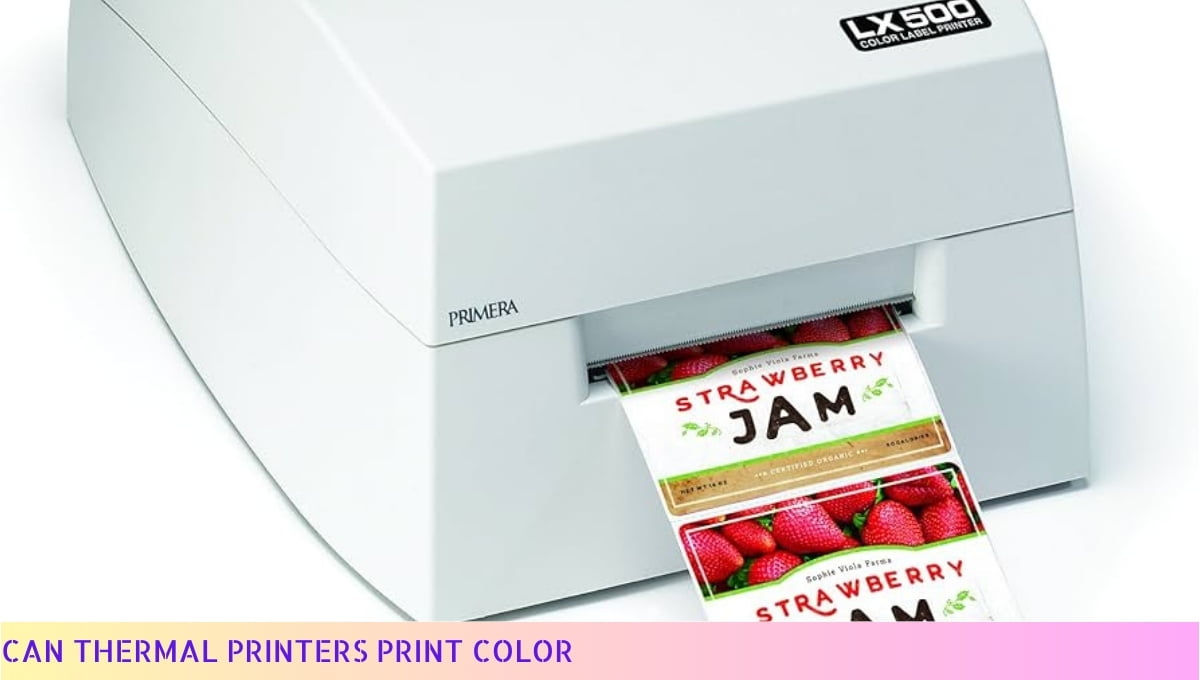No, you should not use laser labels in an inkjet printer.
Using laser labels in an inkjet printer can lead to smudging, poor print quality, and potential damage to your printer.
Laser labels are designed to withstand high heat and pressure from laser printers, while inkjet printers use water-based inks that can cause the labels to warp or peel.
Always choose labels specifically designed for inkjet printers to ensure optimal performance and print quality.
Compatibility of Laser Labels in Inkjet Printers

As someone who frequently works with both inkjet printers and labels, I understand the importance of knowing what works best together.
Let’s explore the compatibility of laser labels in inkjet printers to help you make informed choices.
Understanding Laser Labels
Laser labels are specifically designed to withstand the high heat of laser printing.
They are typically made from materials that can endure the fusing process used in laser printers, which applies heat and pressure to transfer toner onto the label surface.
This makes them an excellent choice for laser printers, but you might wonder if they can also work with inkjet printers.
Compatibility Considerations
When it comes to using laser labels in inkjet printers, there are a few key factors to consider:
- Material Composition: Laser labels are often made from synthetic materials that can be more resistant to moisture and handling. However, inkjet printers use liquid ink, which can behave differently on these surfaces.
- Adhesive Properties: The adhesive used on laser labels may not be optimized for inkjet printing. In some cases, the ink might not adhere well to the label, leading to smudging or smearing.
- Ink Absorption: Inkjet printers require labels that can absorb liquid ink effectively. Laser labels may not have the right coating for this purpose, which can result in poor print quality.
Testing Compatibility
Before committing to a large batch of laser labels for your inkjet printer, I recommend conducting a test print. Here’s how you can do it:
- Choose a few laser labels that you are considering.
- Print a small design or text on one label.
- Allow the ink to dry for a few minutes.
- Check for smudging, fading, or any other quality issues.
This hands-on approach can give you a clearer idea of whether the laser labels will work well with your specific inkjet printer model.
Consulting Manufacturer Guidelines
It’s always a good idea to consult the manufacturer’s guidelines for both your inkjet printer and the laser labels. Many printer manufacturers provide a list of compatible media types, which can save you time and frustration.
Alternative Label Options
If you find that laser labels do not perform well with your inkjet printer, consider exploring:
- Inkjet-Specific Labels: These are designed specifically for inkjet printing and will typically provide better ink absorption and overall print quality.
- Vinyl Labels: These can be a good alternative, as they are often designed to withstand moisture and can handle inkjet printing well.
Final Thoughts on Compatibility
While it may be tempting to use laser labels in your inkjet printer, it’s crucial to understand the compatibility issues that may arise.
By being proactive and conducting tests, consulting manufacturer guidelines, and considering alternative label options, you can ensure that your printing projects turn out as expected.
In my experience, taking the time to evaluate the materials and understanding their compatibility can save you from potential headaches in the long run.
Whether you choose to proceed with laser labels or opt for inkjet-specific options, making informed choices will lead to better printing results.
Benefits of Using Laser Labels in Inkjet Printers
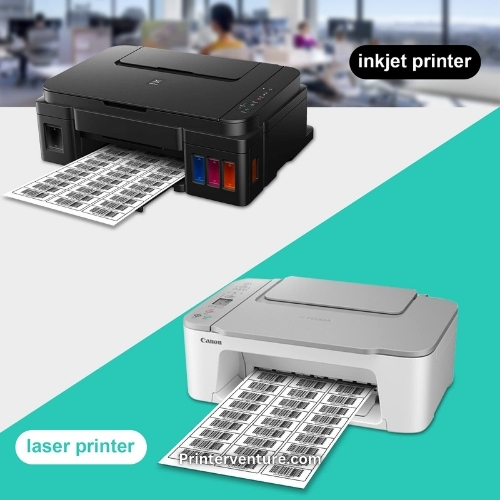
As a fellow label enthusiast, I understand the importance of choosing the right labels for your printing needs. Using laser labels in inkjet printers can offer a variety of benefits that you might not have considered.
Cost-Effectiveness
One of the most significant advantages of using laser labels in inkjet printers is the potential for cost savings.
Laser labels are typically less expensive than traditional inkjet labels, which means you can print high-quality labels without breaking the bank. This is particularly beneficial if you print labels in bulk, as the savings can add up quickly.
High-Quality Print Output
When you use laser labels in an inkjet printer, you can achieve impressive print quality. The smooth surface of laser labels allows for sharp, vibrant colors and clear text.
This means your labels will look professional and stand out, whether you’re using them for business purposes or personal projects.
Durability
Another benefit of laser labels is their durability. These labels are designed to withstand various conditions, including moisture, heat, and fading.
When printed with an inkjet printer, the ink can adhere well to the surface, resulting in labels that last longer. This is particularly important if you plan to use your labels in environments where they may be exposed to the elements.
Versatility
Laser labels come in various sizes and materials, making them suitable for a wide range of applications. Whether you need labels for shipping, organizing, or crafting, you’ll find laser labels that meet your needs.
This versatility allows you to customize your projects and maintain a professional appearance.
Ease of Use
Using laser labels in your inkjet printer is straightforward. Most laser labels are compatible with standard printing software, making it easy for you to design and print your labels without any hassle.
The user-friendly nature of these labels means you can spend less time worrying about printing issues and more time focusing on your projects.
Eco-Friendly Options
Many manufacturers now offer eco-friendly laser labels, which are made from sustainable materials and printed with environmentally friendly inks.
By choosing these labels, you can contribute to a healthier planet while still achieving high-quality results. This is a great way to show your commitment to sustainability while enjoying the benefits of laser labels.
Wide Availability
Laser labels are widely available at office supply stores and online retailers. This accessibility means you can easily find the labels you need without spending time searching for specialty products.
Plus, you can often purchase them in bulk, further enhancing your cost savings.
Time Efficiency
Using laser labels can also save you time. The quick-drying nature of laser labels means you won’t have to wait long for your prints to dry, allowing you to continue working on your projects without delays.
This time efficiency is especially valuable in a busy work environment where every minute counts.
Customizability
With laser labels, you have the option to customize your designs to fit your specific needs. You can easily create unique labels that reflect your brand or personal style.
The ability to print your designs gives you complete control over the final product, ensuring that your labels are exactly what you envision.
Consistent Results
When using laser labels in an inkjet printer, you can expect consistent results. The quality of your prints will remain uniform across all labels, which is crucial for maintaining a professional appearance.
This consistency helps you build trust with your customers and enhances your overall brand image.
The benefits of using laser labels in inkjet printers are numerous. From cost-effectiveness and high-quality print output to durability and ease of use, these labels can enhance your printing experience significantly.
As you explore your options, consider how laser labels can meet your specific needs and help you achieve your labeling goals.
Potential Issues with Using Laser Labels in Inkjet Printers

As a friendly consultant, I want to help you navigate the challenges of using laser labels in your inkjet printer. While there are benefits, it’s essential to be aware of potential issues that may arise.
1. Ink Absorption Problems
One of the primary issues I’ve encountered when using laser labels in inkjet printers is ink absorption. Laser labels are designed to withstand heat from laser printers, which means they often have a coating that makes them less porous. This can lead to:
- Smudging: When you print on these labels, the ink may not absorb well, causing it to smudge or smear.
- Long Drying Times: The ink may take longer to dry, increasing the risk of accidental smudging during handling.
2. Print Quality Issues
Another concern is the print quality. Since laser labels are not optimized for inkjet technology, you might notice:
- Poor Color Reproduction: The colors may not appear as vibrant or true to life as they would on paper specifically designed for inkjet printers.
- Blurry Text or Images: Due to the coating on the labels, the print may not adhere properly, resulting in blurry text or images.
3. Printer Clogging
Using laser labels can also lead to clogged nozzles. The coating on these labels may contribute to ink build-up in your printer’s nozzles, which can cause:
- Frequent Maintenance: You may need to perform regular cleaning cycles to keep your printer functioning properly.
- Reduced Lifespan: Over time, this can lead to wear and tear on your printer, potentially shortening its lifespan.
4. Adhesive Issues
The adhesive used on laser labels can be another concern. Designed for laser printing, it may not interact well with inkjet inks, leading to:
- Peeled Labels: The ink may not bond well with the adhesive, causing labels to peel off after printing.
- Residue on Printer Heads: If labels peel, they may leave behind adhesive residue, which can affect print quality and require additional cleaning.
5. Compatibility with Printer Settings
When using laser labels, you might also face compatibility issues with your printer settings. Here are some considerations:
- Incorrect Paper Type Setting: If you don’t select the appropriate paper type in your printer settings, you may end up with subpar results.
- Difficulty in Feeding: Laser labels may not feed properly through your inkjet printer, leading to jams or misaligned prints.
6. Cost Considerations
While laser labels may seem like a cost-effective solution, there are hidden costs associated with using them in inkjet printers:
- Increased Ink Usage: Due to absorption issues, you might use more ink than usual, which can drive up costs over time.
- Potential Repairs: If your printer experiences issues related to clogged nozzles or jams, you might incur repair costs.
7. Limited Availability of Specific Labels
Finally, you may find that laser labels specifically designed for inkjet use are not as widely available. This can limit your options and make it challenging to find the right type for your needs.
By understanding these potential issues, you can make informed decisions about whether to use laser labels in your inkjet printer. It’s essential to weigh the pros and cons and consider alternatives that may offer better compatibility and performance.
Tips for Using Laser Labels in Inkjet Printers

As someone who values efficiency and quality in printing, I understand the importance of using the right materials for your projects. Here are some practical tips to help you successfully use laser labels in your inkjet printer.
1. Check Compatibility
Before you start printing, it’s essential to ensure that the laser labels you plan to use are compatible with your specific inkjet printer model. Here’s how to check:
- Manufacturer Guidelines: Always refer to the printer’s user manual or the manufacturer’s website for recommendations on compatible label types.
- Label Specifications: Look for labels specifically marked as suitable for inkjet printers. These will usually have a coating that allows ink to adhere properly.
2. Test Print on Plain Paper
Before committing to printing on the actual labels, conduct a test print using plain paper. This step helps you to:
- Check Alignment: Ensure that the design fits correctly within the label dimensions.
- Avoid Waste: Save your laser labels from potential misprints and wasted materials.
3. Adjust Printer Settings
Optimizing your printer settings is crucial for achieving the best results when printing on laser labels. Here’s what you can do:
- Paper Type: Set your printer to the correct paper type. If your printer has an option for “Labels” or “Heavy Paper,” select that.
- Print Quality: Choose a higher print quality setting for sharper text and images. This may take longer but will yield better results.
4. Use the Right Ink
Not all inks are created equal, and using the right ink can make a significant difference in the final print quality:
- Fade Resistance: Opt for fade-resistant inks to ensure your labels maintain their vibrancy over time.
- Fast-Drying Inks: If possible, use fast-drying inks to minimize smudging, especially if your labels will be handled shortly after printing.
5. Allow for Drying Time
After printing, it’s essential to allow adequate drying time for your labels:
- Avoid Smudging: Give your labels time to dry to prevent any smudging or smearing of the ink.
- Storage Considerations: Store printed labels in a cool, dry place to avoid moisture, which can affect the ink quality.
6. Regular Maintenance of Your Printer
Keeping your inkjet printer in good condition is vital for optimal performance:
- Clean Print Heads: Regularly clean the print heads to prevent clogs that can lead to poor print quality.
- Check Ink Levels: Make sure you have enough ink before starting a print job to avoid incomplete prints.
7. Monitor for Print Quality Issues
While printing, keep an eye out for any potential issues that may arise:
- Print Smudges: If you notice smudges, consider adjusting your printer settings or using a different type of label.
- Color Accuracy: Check the color accuracy of your prints. If colors appear off, you may need to calibrate your printer.
8. Seek Help When Needed
If you encounter persistent issues while printing, don’t hesitate to seek assistance:
- Online Forums: Participate in online forums or communities related to printing to gain insights from other users.
- Manufacturer Support: Reach out to your printer’s customer support for specific troubleshooting advice.
By following these tips, you can maximize the quality and efficiency of your printing projects while using laser labels in your inkjet printer. Each step contributes to ensuring that your labels not only look great but also perform well for your intended applications.
FAQS: Can I Use Laser Labels in an Inkjet Printer?
If you’re wondering whether laser labels can be used in an inkjet printer, you’re not alone. Many people face this question when trying to optimize their printing tasks.
1. Can I use laser labels in my inkjet printer?
Using laser labels in an inkjet printer is not recommended. Laser labels are designed for high heat and pressure from laser printers, which can cause issues like smudging or peeling in inkjet printers.
2. What happens if I use laser labels in an inkjet printer?
If you use laser labels in an inkjet printer, you may experience poor print quality, including smudges and uneven ink distribution. The labels may not adhere properly, leading to peeling or curling.
3. Are there specific labels for inkjet printers?
Yes, there are labels specifically designed for inkjet printers. These labels are made with materials that absorb ink properly and are compatible with the lower heat settings of inkjet technology.
4. Can I print on laser labels with an inkjet printer?
While you technically can print on laser labels with an inkjet printer, the results may not be satisfactory. The ink may not dry correctly, and the labels could become damaged.
5. What type of labels should I use for my inkjet printer?
For inkjet printers, it’s best to use labels that are labeled as inkjet-compatible. These labels are specifically formulated to work with inkjet technology, ensuring optimal results.
6. Can I use inkjet labels in a laser printer?
Using inkjet labels in a laser printer is also not advisable. The heat from the laser printer can cause the inkjet labels to melt or warp, leading to printing issues.
7. What are the benefits of using inkjet-compatible labels?
Inkjet-compatible labels are designed to absorb ink effectively, resulting in vibrant colors and clear text. They also ensure better adhesion and minimize the risk of smudging or peeling.
8. How can I tell if a label is compatible with my printer?
Check the packaging for compatibility information. Most label manufacturers indicate whether their products are designed for inkjet or laser printers, making it easier to choose the right type.
9. Can I return labels if they don’t work with my printer?
Return policies vary by retailer. If the labels are unopened and you have the receipt, many stores will allow you to return them. Always check the return policy before purchasing.
10. What should I do if I accidentally used laser labels in my inkjet printer?
If you accidentally used laser labels in your inkjet printer, remove any stuck labels immediately and clean the print head to prevent further issues. Test with inkjet-compatible labels for best results.
Wrap Up
Using laser labels in an inkjet printer can lead to various challenges, such as smudging or misalignment. While it might be tempting to try this out, the compatibility issues often outweigh the benefits.
I recommend sticking with labels specifically designed for inkjet printers to ensure quality results and avoid unnecessary frustration.
If you find yourself needing to print labels frequently, investing in the right type of labels can save you time and enhance your overall printing experience. Proper label selection is key to achieving the professional look you desire without any hiccups along the way.
Thank you for taking the time to read this! I invite you to revisit our website for more insights and tips. If you found this helpful, please share it with your friends. Your support means a lot! 😊

